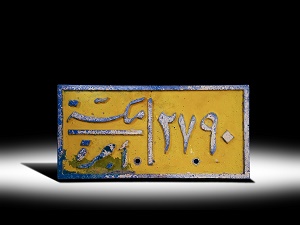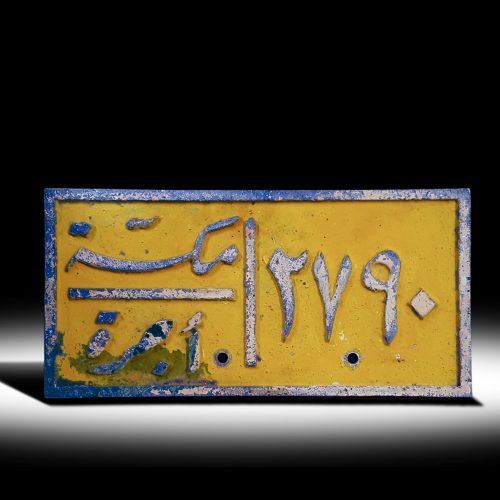DESCRIPTION: | The first Saudi syndicate of cars, founded 96 years ago in Makkah, led to a dramatic change in the pilgrims’ transport system, and the term “syndicate” at the time marked the birth of the transport foundations of a civil state, led by the Kingdom’s founder, the late King Abdul Aziz.
It has been almost nine decades since the true establishment of this system, which has changed a lot about transportation in Makkah and opened new doors for achieving convenience for pilgrims, who used to struggle along rough roads to reach Makkah.
King Abdul Aziz had taken it upon himself to ensure the convenience of pilgrims and provide them with all that could help them overcome difficulties on their way to performing Hajj and Umrah. At the time, cars and buses breaking down on the road was a major frustration for pilgrims, which inspired the establishment of the first syndicate of cars in the modern history of Saudi Arabia.Historians have noted that the first car appeared in Saudi Arabia in 1921 brought by King AbdulAziz 11 years before the unification of the country when he was nicknamed the Sultan of Nejd. Cars became widespread in certain areas in the kingdom in 1926 to become another mode of transportation next to camels which were the main method of transport.Historians stated that the first cars were used in Hail and Mecca followed by Riyadh where the Saudi Arabia’s king rode the first car in 1922.
Different car brands were called different names by locals, where the ‘Dementy’ was considered the most famous car brand, along with ‘Internash’ and ‘al-Fert’.Antique car plates
With the formation of a new system to regulate this new mode of transportation, car owners in Saudi Arabia kept car plates to prove ownership of the vehicles. The car plates had different symbols including two swords and a palm tree, as well as camel symbols. Saudi Arabian tribes and families also embossed their camels on one side with a mark that would be known among all other tribes so that it was clear who owned them.هذه قصة وسوم الإبل ولوحات السيارات بالسعودية قبل 99 سنة
A car enthusiast kept a car plate bearing the al-Saudi camel symbol which symbolizes two rings and a hammer on the right of the plate. The plate also had the number 36 written on it, which some believe means that it was the 36th car to enter the kingdom.هذه قصة وسوم الإبل ولوحات السيارات بالسعودية قبل 99 سنة
The first cars to exist in Saudi Arabia were accompanied with several funny stories about how some desert tribes ran away when they first saw a car being driven through the desert, while others thought it was the devil. Cars replaced camels as the main mode of transportation in the 1950s and were widely used across the country. Car ownership increased even more in the 1970s.هذه قصة وسوم الإبل ولوحات السيارات بالسعودية قبل 99 سنة
Sandy desert areas were considered the most challenging to drive through, at a time where main roads were still not fully constructed. A lack of gas stations was also a challenge which made drivers carry their own oil containers.Antique car plates
Cars even replaced camels in poetry where poems were a very common hobby in those days. The poems usually started with the kind of transportation then get into the topic.The car became one of the most important means of transportation in the Arabian Peninsula, and was immortalized by thousands of poems even specifying the vehicle’s type and strength. Car is still mentioned in popular poetry even with the emergence of different means of transport, including trains, planes and ships. |
|---|






